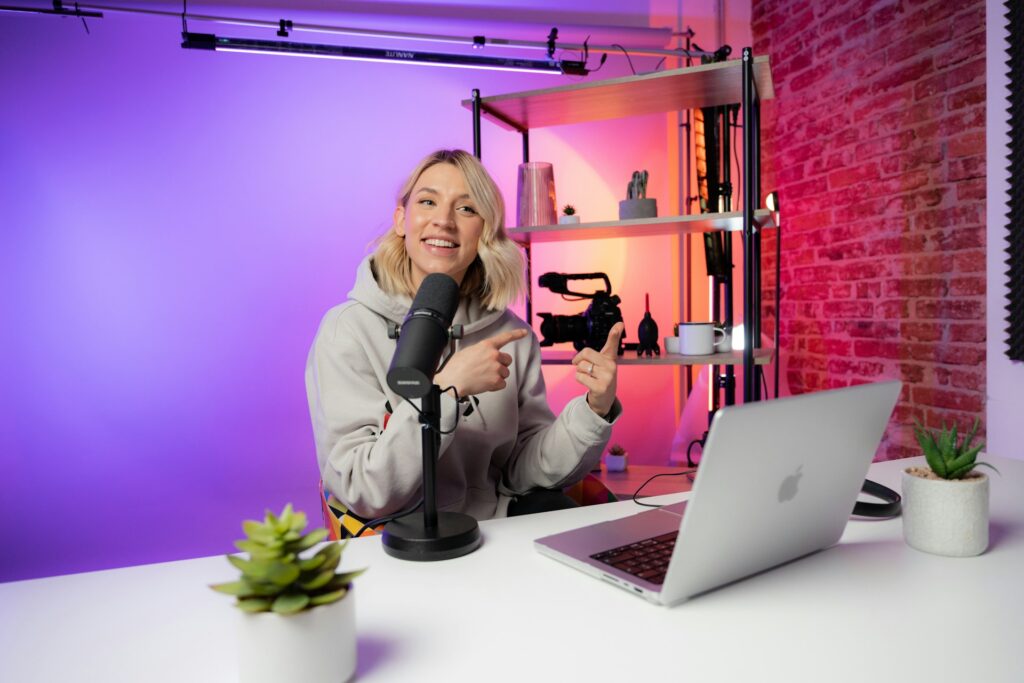Table of Contents
In today’s digital world, where content competes for every second of attention, viral marketing videos have become one of the most powerful tools to boost visibility, brand awareness, and engagement. But what exactly makes a video go viral—and how can you replicate that success?
This guide walks you through the top strategies used by brands and creators to create marketing videos that catch fire online.
Understanding the Psychology Behind Virality
Before diving into tactics, it’s essential to grasp why people share content. Viral videos often tap into emotions—humor, awe, surprise, or empathy. They evoke strong reactions and are highly relatable, giving viewers something they feel compelled to share.
People also share content to:
- Show they’re “in the know”
- Make others laugh
- Express opinions or identity
- Support causes or ideas they care about
The key takeaway: viral videos are less about you, and more about how they make the viewer feel.

Core Strategies to Make Viral Marketing Videos
1. Hook Viewers Immediately
In the world of social media, attention spans are fleeting. The first 3–5 seconds are critical.
- Start with an unexpected visual, bold text, or surprising question.
- Use fast-paced editing and on-screen captions to grab attention even with the sound off.
💡 Tip: Think of the opening as a headline—it should stop the scroll.
2. Focus on Storytelling Over Selling
People don’t want to watch ads—they want to watch stories. Instead of hard selling, build a narrative.
- Show real-life scenarios your audience can relate to.
- Incorporate tension, conflict, or resolution to maintain interest.
💡 Example: Instead of “Buy our protein shake,” show a story of someone transforming their life using it.
3. Tap Into Trends and Pop Culture
Trends are your shortcut to relevance.
- Use popular audio tracks, challenges, or visual formats.
- Align your message with cultural moments, memes, or viral formats.
💡 Tip: Monitor platforms like Youtube and Instagram daily to spot rising trends early.

4. Keep It Short and Snackable
The shorter, the better—especially for platforms like Instagram Reels, and YouTube Shorts.
- Aim for videos under 60 seconds unless you’re telling a deeper story.
- Eliminate filler and focus on key moments.
💡 Remember: Every second should serve a purpose.
5. Incorporate Humor or Surprise
Comedy and unexpected twists are some of the most shared video types.
- Use exaggeration, irony, or absurdity (as long as it fits your brand).
- Surprise viewers with an unexpected ending or perspective.
💡 Funny + Relatable = Shareable.
6. Leverage User-Generated Content (UGC)
UGC builds trust and amplifies reach.
- Encourage your audience to recreate your video or use a branded hashtag.
- Run challenges, giveaways, or duet/react campaigns.
💡 Bonus: UGC is often cheaper and more authentic than in-house content.
7. Use High-Quality Production (When It Matters)
While raw and authentic often wins, poor quality can still hurt your video.
- Ensure good lighting, clear audio, and clean visuals.
- Use editing apps to polish transitions, add subtitles, and include your brand touch.
💡 Tip: Even smartphones can produce pro-level results with the right setup.
8. Add a Clear and Subtle CTA
A great video still needs a purpose.
- Encourage viewers to like, comment, share, or visit your profile.
- Place CTAs organically in the narrative or text overlay.
💡 Avoid sounding pushy—make the CTA feel like a natural next step.
9. Optimize for Platform Algorithms
Each platform has its quirks.
- Use relevant hashtags, keywords, and music.
- Post when your audience is most active.
- Respond to comments quickly to boost visibility.
💡 Tip: Post consistently and analyze what works.
10. Encourage Sharing and Engagement
Design videos that beg for interaction.
- Ask thought-provoking questions.
- Use formats like “Tag a friend who…” or “Which one are you?”
- Create emotional moments viewers want others to see.
💡 Engagement drives virality more than views alone.
Measure, Analyze, and Adjust
Going viral isn’t always predictable—but you can learn from every attempt.
- Track metrics like views, shares, completion rate, and comments.
- Test different styles, formats, and hooks.
- Repurpose top-performing content across platforms.
💡 Iterate fast—what didn’t work yesterday might go viral tomorrow.
Conclusion
Creating viral marketing videos isn’t about luck—it’s about strategy, creativity, and execution. By tapping into emotions, crafting compelling stories, and leveraging trends, you can dramatically increase your odds of creating videos that resonate and spread.
Not every video will go viral, but every video can move your brand forward. Start experimenting, keep learning, and above all—focus on making content people love to share.

